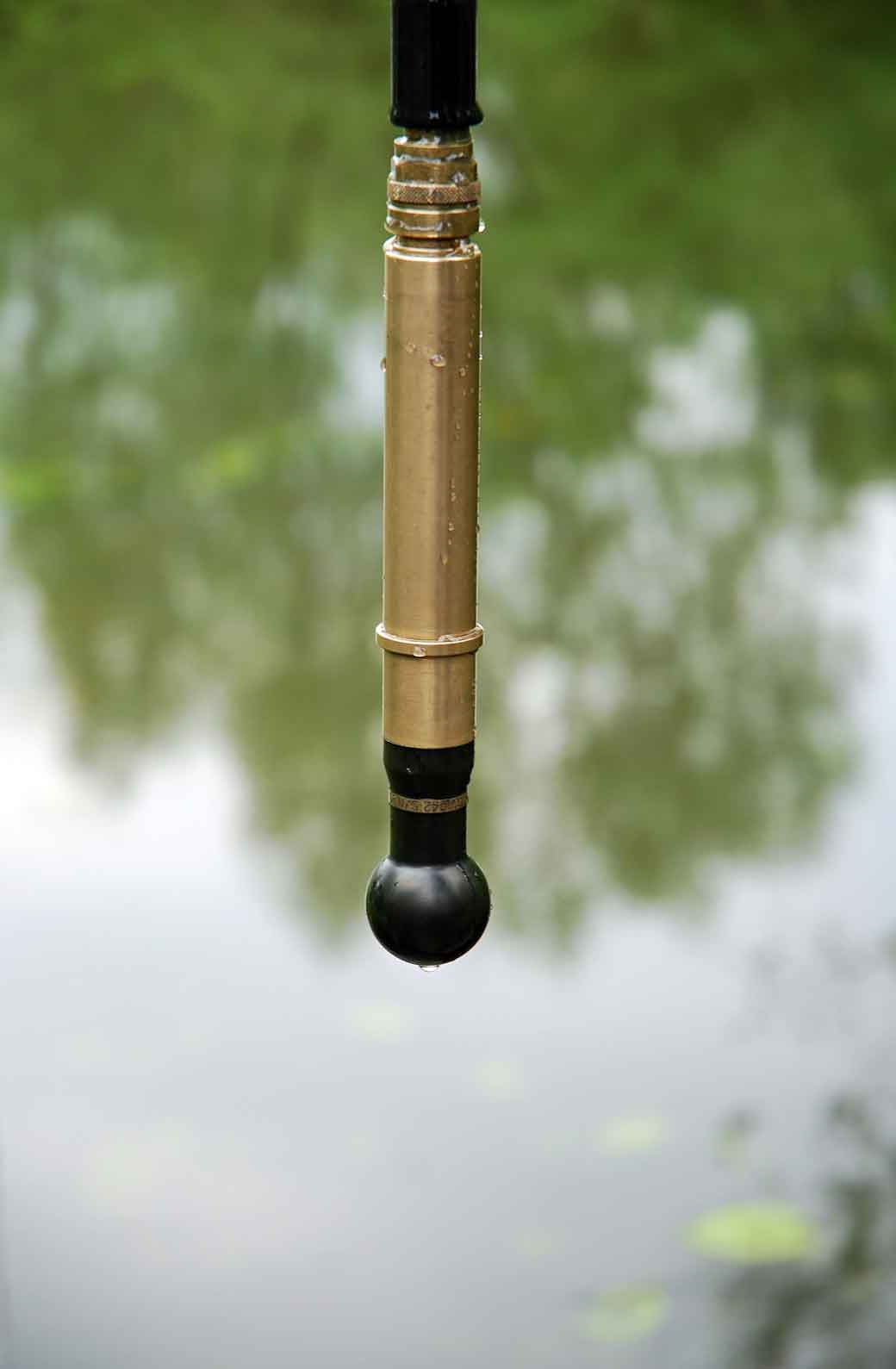Description
Passive Acoustic Monitoring (PAM) utilizes state-of-the-art hydrophone technology to detect and analyze underwater sounds. By integrating hydrophones with sophisticated acoustic processing systems, PAM enables the monitoring of marine mammals that produce a wide range of vocalizations, from the low-frequency moans of sperm whales to the high-frequency echolocation clicks of harbor porpoises. The implementation of PAM systems, coupled with comprehensive training, is essential in mitigating the risk of harm to marine mammals from offshore activities, such as seismic surveys and construction or decommissioning projects.
What will I learn?
- History of sound
- Sound in Water
- Marine Mammals and effects of sounds
- Anthropogenic Noise in the Sea
- Effects of Anthropogenic Noise on Marine Mammals
- Local and regional Mitigation Guidelines
- PAM and the Role of the Operator
- Marine Mammal sounds and Identification
- PAM Hardware systems and Operations
- PAM Software choices
- Set up and Deployment of PAM Systems
- Spectrogram set up and reading
- Techniques and methods
- Real-time Mitigation and Reporting
- Troubleshooting
This course demands a commitment of approximately 2 to 4 hours of study per day or week, contingent upon the student’s pace and certification requirements. The curriculum encompasses watching instructional videos, participating in quizzes, and completing assessments. The total duration of the video content is approximately 3 hours and 56 minutes.
Upon successful completion, participants will be awarded a Certificate of Achievement.
This course is specifically designed to support Marine Mammal Observers (MMOs) in enhancing their skill set, thereby improving their job prospects and positioning them as leading candidates in the industry.




